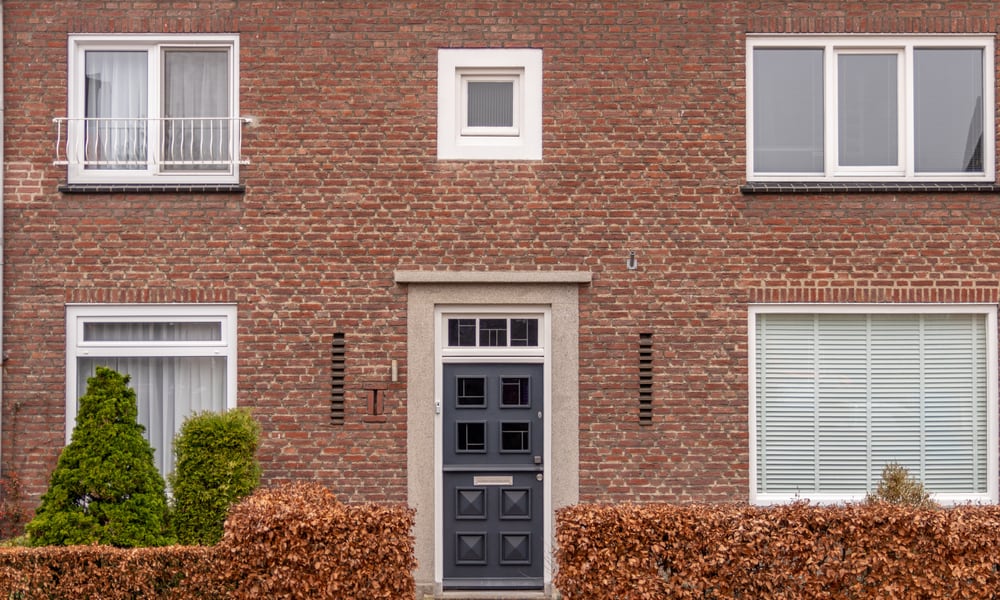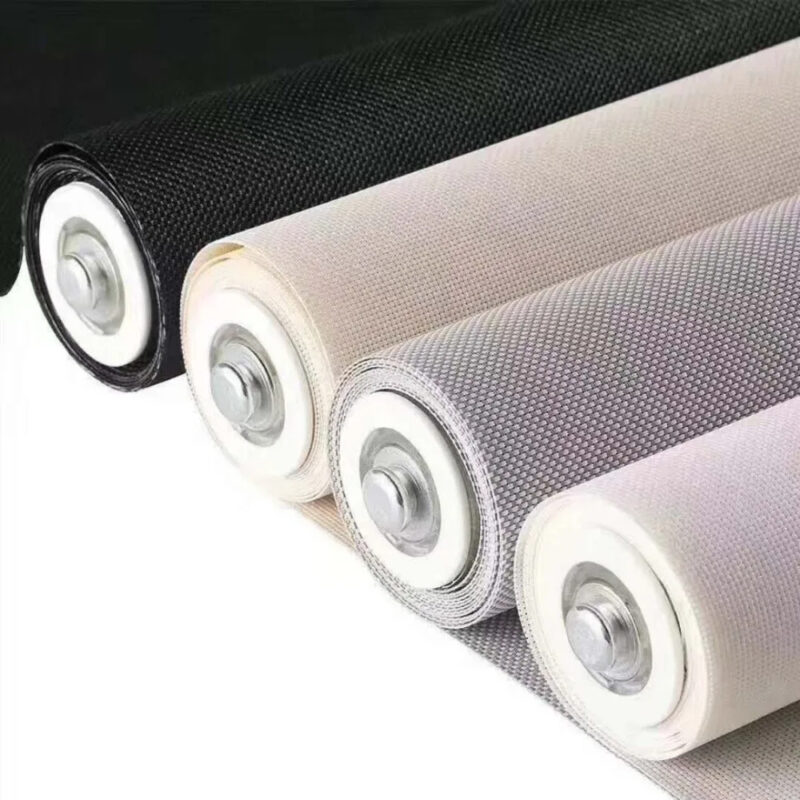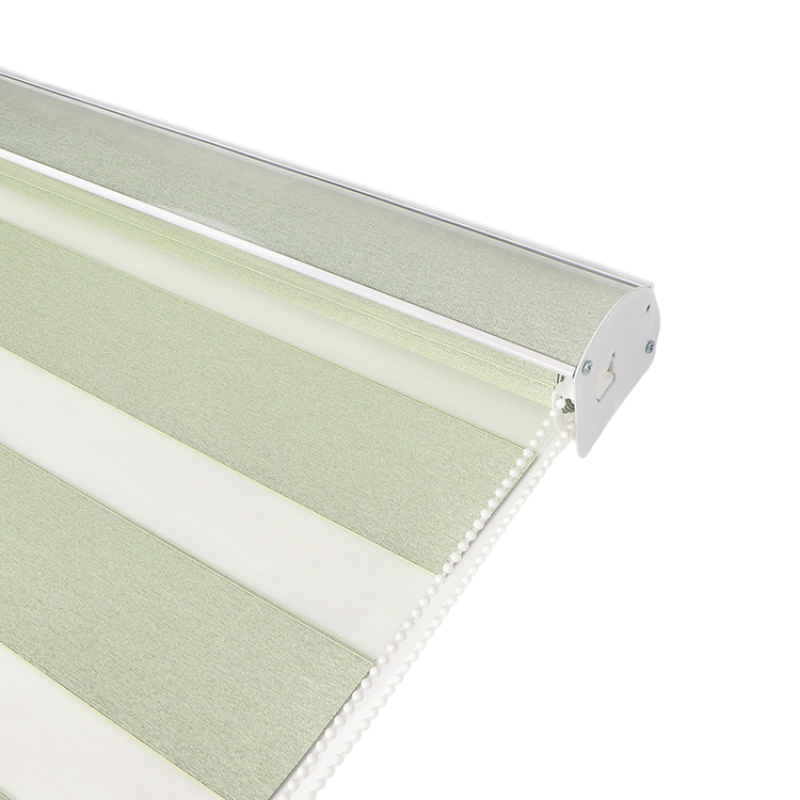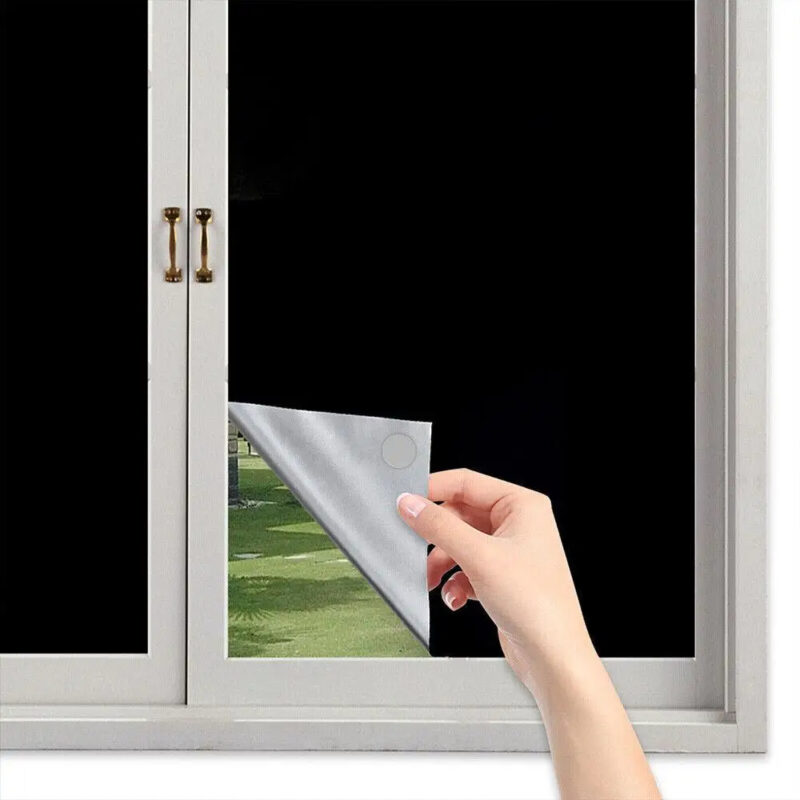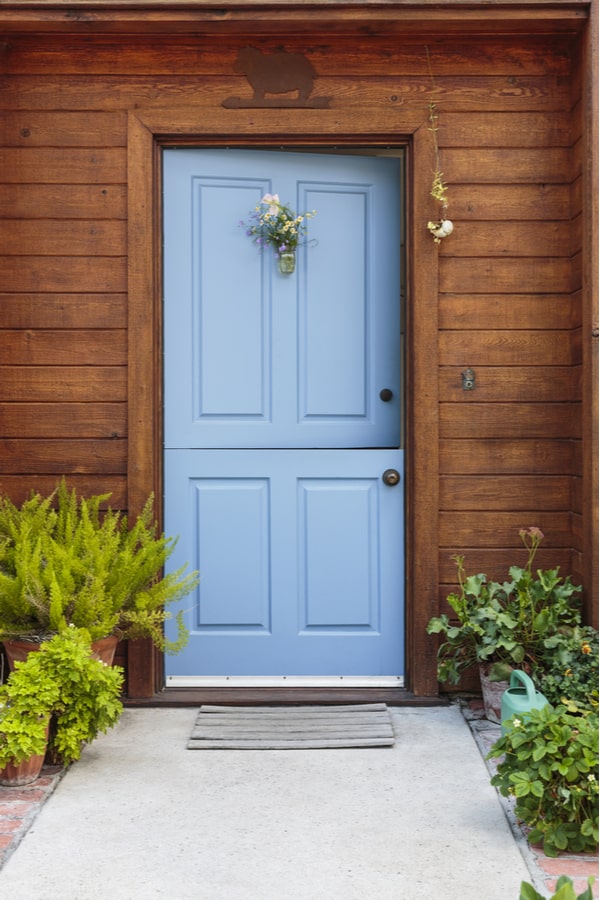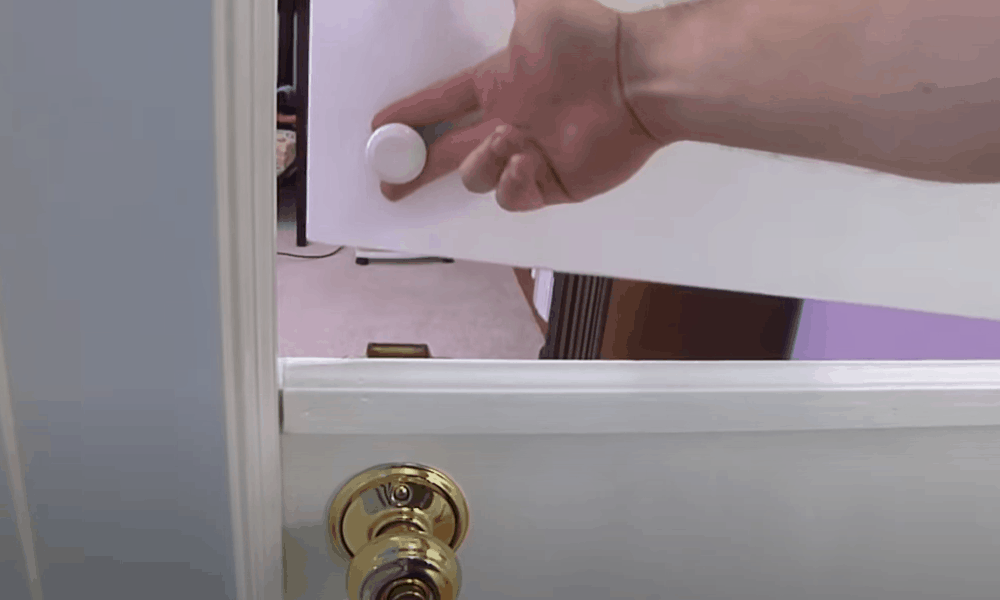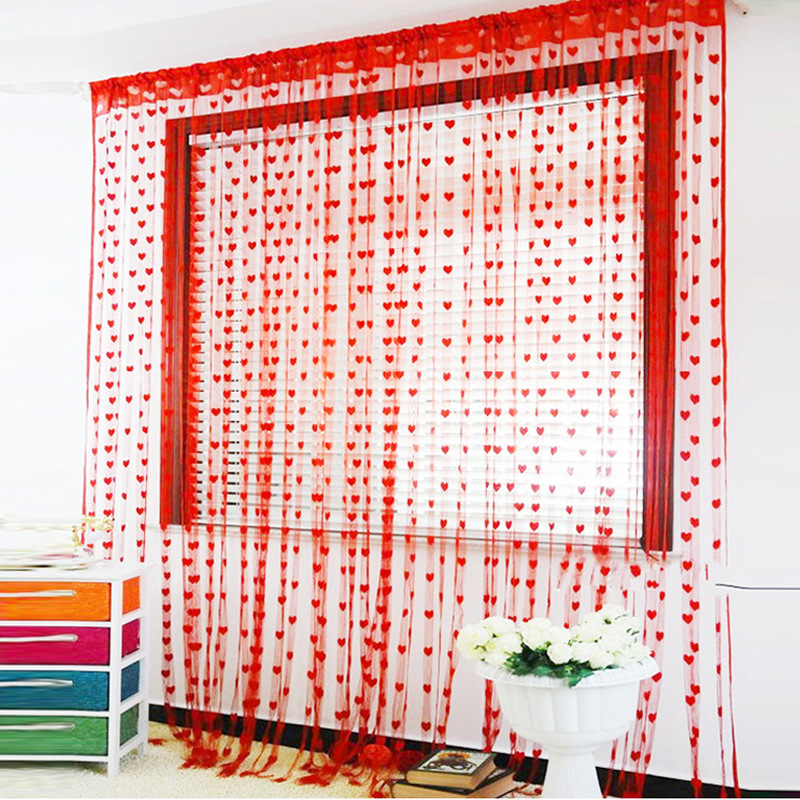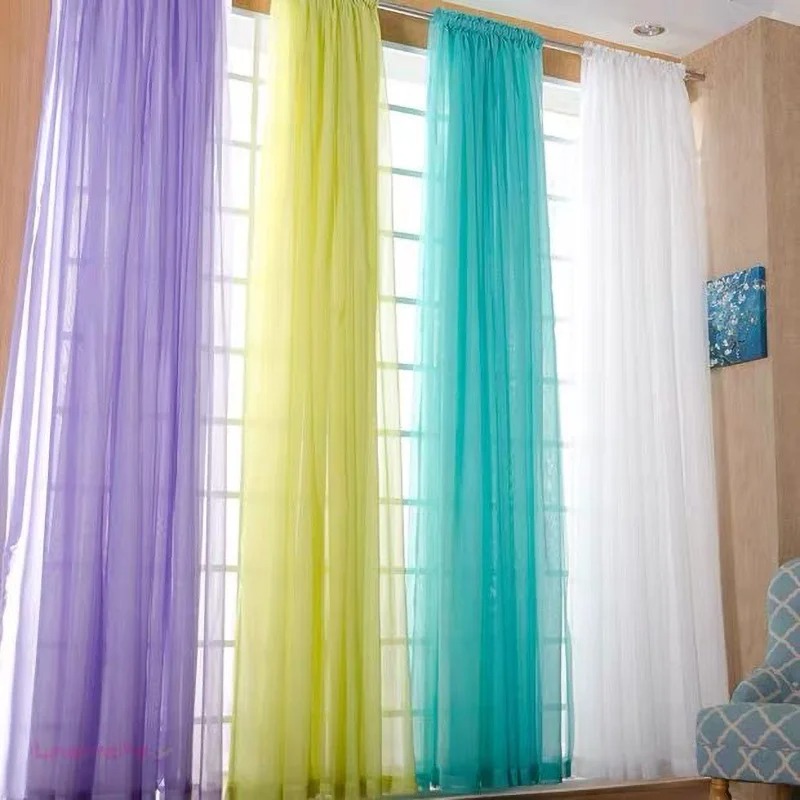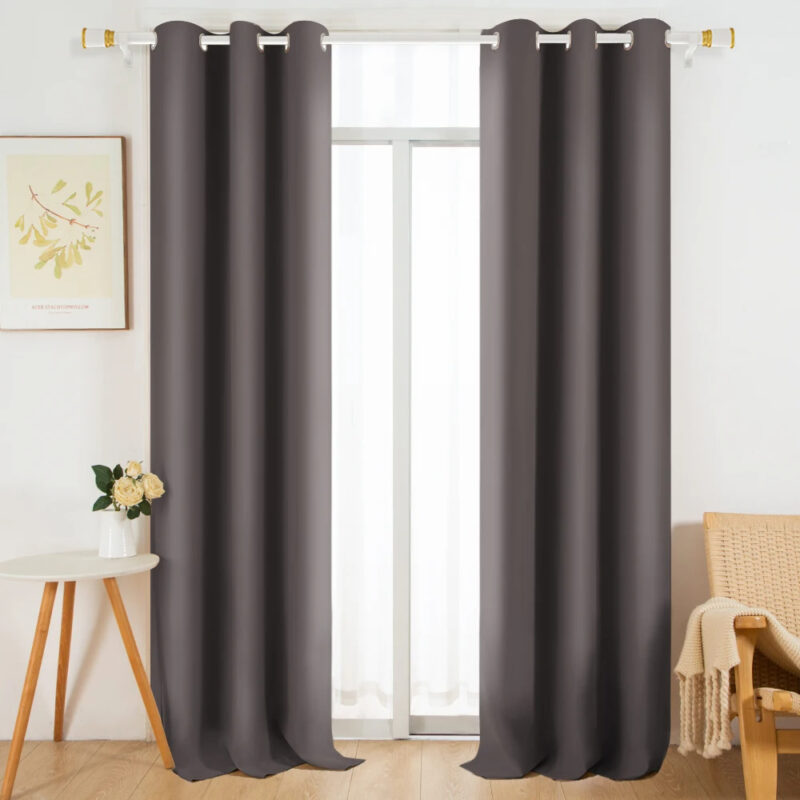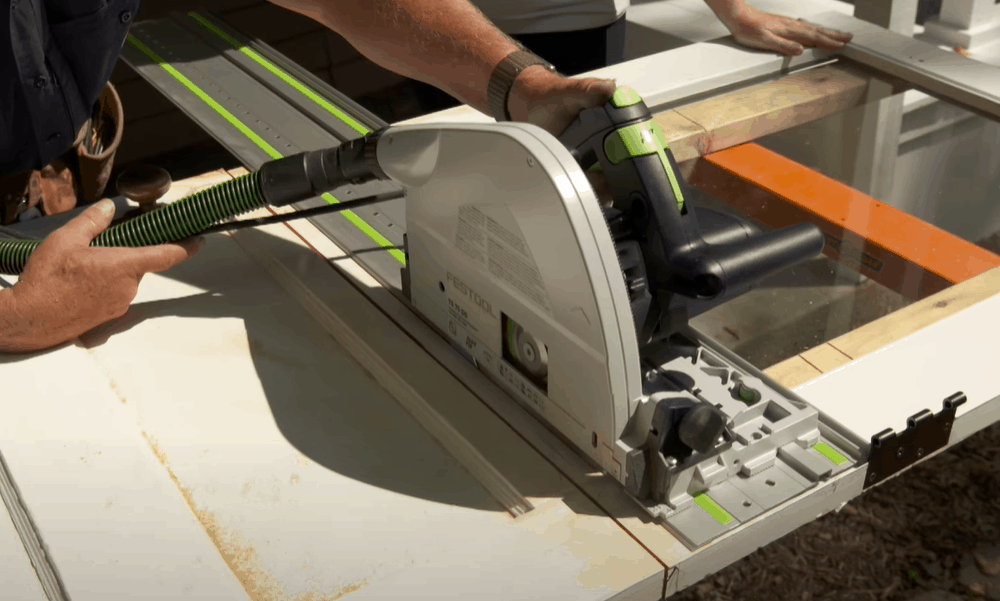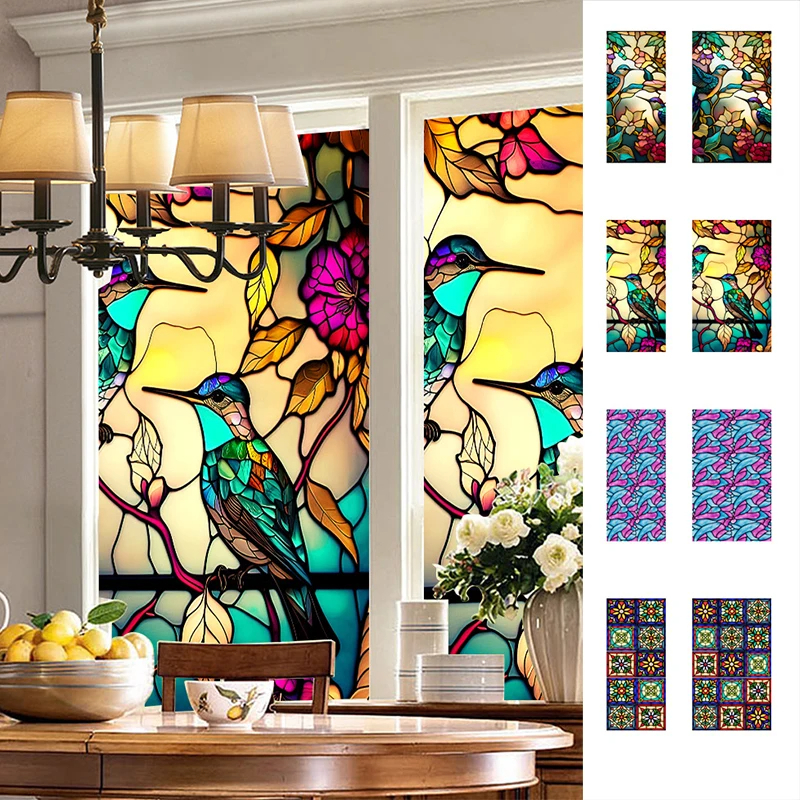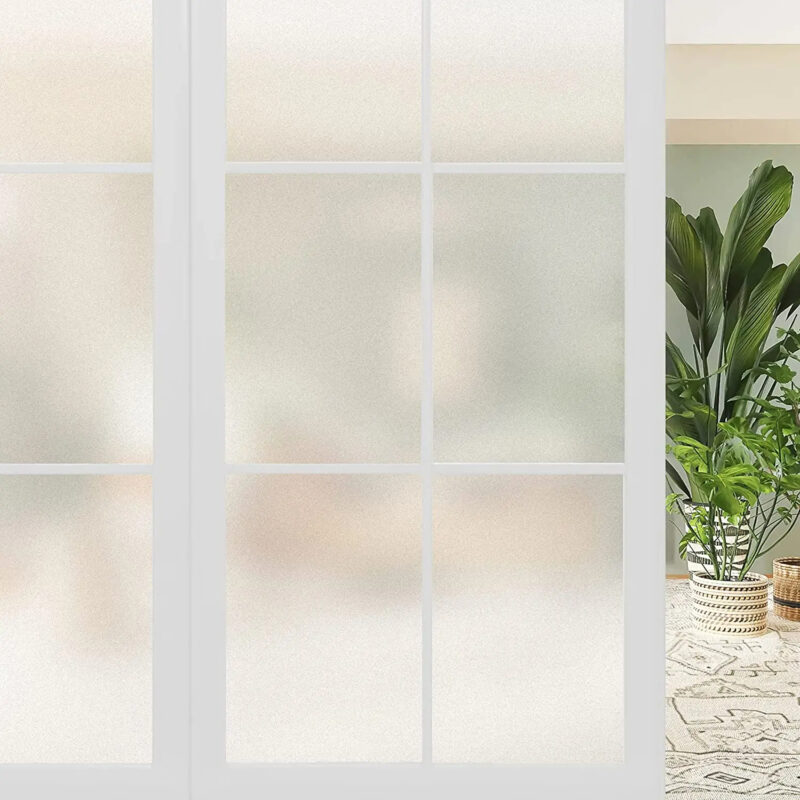Dutch Door: Everything You Need to Know

Once you decide to implement a country-style in your home or renovate the mounting cottage, you will probably want to pick a door that compliments that rustic appearance. Still, maybe you are not sure what is a Dutch door or why it is the most natural choice for this type of home.
These doors are well-known as half or stable doors since they have two horizontally separated parts. You can open the top half and leave the bottom closed when needed. Since this model has a long history and originates from the XVII century, you have likely seen it at least once.
History of the Dutch Door
The Dutch doors, which divided in half horizontally, originate from the Netherland. When you look at Dutch paintings from the XVII century, you will see that they appear in many rural landscapes.
Later, immigrants brought this design to America. The settlers of colonies in New York and New Jersey quickly accepted the Dutch door, which they used as the window and entrance. Until 1887, when Hannah Harger invented a screen door, this design was standard on farms.
However, that doesn’t mean the time of the Dutch door has passed. Nowadays, this door is more used inside the house, mostly in kitchens and dining rooms, but you can still have the exterior Dutch entrance if you like this model.
Dutch Door Purpose
The primary benefit of the Dutch door is that you can open the top side. That way, you allow airflow while the wind doesn’t bring dirt and dust inside. Plus, kids and pets can’t go outside without you noticing them.
The primary role of the Dutch door was to keep animals, like sheep and chicken, outside. At the same time, this entry prevented pests like mice, to invade the home. Most of the modern garden sheds have these doors for the same reason.
This model will protect your privacy. You can communicate with the neighbors, delivery man, and others without letting anyone you don’t want inside your home. Plus, you can brighten your hallway by opening the upline panels, thus allowing daily light in.
The Differences in a Style
Before you purchase the Dutch door, you need to make various choices. For instance, you need to pick out the desired material among different types of wood, create a custom design of panels, and determine the height of the upper part. You should also paint your door once installed.
The most popular material for the Dutch door is hardwood. It is sturdy, high quality, but the pricey door at the same time. Nowadays, there are models with the top half made of transparent or stained-glass panels. You can also choose among different styles and the number of panels.
The Dutch door is, by definition, a part of the country style, but you can create your own design and customize it to your contemporary home, as well.
The Benefits of the Dutch Door
The Dutch door has many advantages, but the crucial ones are:
- If you have a farm-style house or rustic cottage, this type of door will fit perfectly. With all the variations in style and type of wood available, you can quickly create the country look by installing this particular door in the kitchen. It is also possible to place it in the front entrance, which will add finishing touches to rustic cottage entries.
- The Dutch doors are an excellent solution for families with children and pets. You can close the bottom part and prevent your toddler or small animal from leaving the room. At the same time, you will allow the fresh air comes in once you open the upper half.
- The Dutch door can replace the baby gate if you have a crawling child. You can install it right on the top of the stair or in the kids’ room. That way, you can monitor the kid playing and make sure he or she won’t get out.
The Drawbacks of the Dutch Door
The Dutch door is attractive, safe, and practical. Still, there are several disadvantages you need to consider before making a final decision:
- Once you open the top half of the front door, you will ‘invite’ all the insects in your home. It can be a problem during the summer months, especially if you live in a wet tropical climate. However, you can solve the issue by setting a retractable screen.
- You can expect occasional snap over your finger in the beginning. That can happen due to thoughtless door closing. Plus, a strong wind can slam the top of your door and injure you. However, once you install the hook, you will be safe from such inconveniences.
- You need the professional to install the Dutch door to make sure it is weathertight properly. In most cases, the door frame needs shimmering and adjusting even if you purchase a pre-hung Dutch door.
- The Dutch door is expensive because of the additional hardware. You need more hinges, knobs, and locks for this type of door compared to the regular slab model. Plus, the gap between the two parts requires a weather seal.
Cost of the Dutch Door
The Dutch door price will depend on the design and material you choose. This type is more complicated than the slab door, and it has more hinges. Plus, the installation cost can reach more than $1000. In most cases, overall prices will vary from $750 to $2000.
|
|
Hollow Core | Solid | Hardwood |
| Material prices | $235 to $365 | $370 to $480 |
$630 to $810 |
|
Installation cost |
$500 to $730 | $875 to $900 | $960 to $1000 |
| Total | $730 to $1100 | $1250 to $1380 |
$1600 to $1800 |
|
Total average cost per 1 sq. ft (0.09 m2) |
$7.5 | $11 |
$14.2 |
Make Your Own Door
Even if you are on a tight budget, that doesn’t mean you need to give up on this model you like. If you decide to remodel your existing door to make the Dutch one, you can cut it in half. However, it is not a simple process as it sounds.
The transformation includes adding one more hinge, cutting the door precisely, and adding door trim. Finally, you can put some fresh paint on your new door to complete the renovation.
Before starting the job, make sure you have all the tools and materials you need. For making DIY Dutch door, you will need:
- Cross-cut saw (circular saw)
- Hammer and punch
- Drill
- Clamps
- Sandpaper
- Wood glue
- Brads and screws
- Masking tape and marker
- Safety glasses
- Work gloves
Start the process by marking the line of cutting before you take the door off. Always plan to install two hinges on the top and bottom half. Use the drill and screws to remove old hinges and the door from the jamb.
Before cutting the door, fix it so that it won’t move. If you work on the hollow-core door, remember it contains mostly air. The middle layer of the door is cardboard, and only the surface has wood panels.
Therefore, be careful not to damage the door since the hollow core model can splinter very easily. Cover the cut line with masking tape to prevent this.
When you finish remodeling, adjust both halves, so you can open and close them smoothly. Install the lock between the top and the bottom and test the door to see if it works adequately.
Before the Installation
A typical Dutch door opens on the inside, but it swings outwards when you open only the top part. That is one of the essential things you need to think about before you mount this model.
You should also determine if you want to have a solid panel or the glass pieces on the top, and the way of preventing unwanted closing once you open the door. Since you want to avoid pinched fingers, it is an excellent idea to mount the hook or some similar latch to hold the panels open.
Unless you are skillful with wood DIY projects and have a suitable tool, don’t make the Dutch door alone. It is better to hire the professional to install it. Otherwise, it may happen that the insulation is not adequate so that you will get stuck with a cold and moist house.
If you are confident, you can manage a task like this, find a tutorial online, which will successfully guide you to the end of the project. There are many handy step-by-step instructional videos you may find useful.
Summary
The Dutch door has a long history, but rustic style lovers like this model even these days. There is a large selection of wood, patterns, and designs for this door, on which you can open the upper and lower part separately.
Plus, you can have a custom Dutch door that combines two styles. The upper part can have one or more glass panels. To prevent insects from entering, place the retractable screen on the top half. Finally, the installation of this door is demanding, and it is a wise idea to leave it to a professional.

